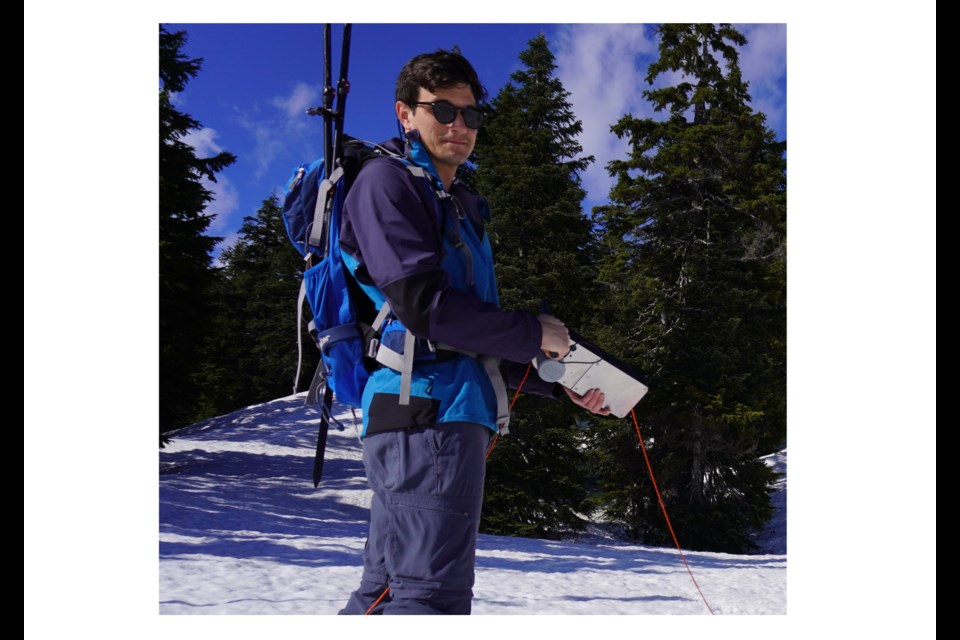Some people have personal elevators, but what about a personal ski lift?
A Richmond resident and business owner has created just that to help skiers and snowboarders make their trek up the backcountry slopes a bit easier.
Robert Button, a mechanical engineer and co-owner of Zoa Engineering, developed a “personal ski lift” device by the name of Zoa PL1 – a portable rope tow system – that can pull skiers and snowboarders up a mountainside.
Button said the idea of creating a personal ski lift was something he “played around with,” but it wasn’t until he got some positive and exciting feedback from his friends that he turned his design into a prototype.
“I had my proof of concept and built something haphazardly, but then I decided to go all-in on it when my friends, who also ski in the backcountry, said it would be a great idea,” said Button, who was previously an engineer for a company that made aerial firefighting equipment.
As a backcountry skier himself, Button said that climbing up the slope for every run can be rewarding, but in the end, most people “want to get more turns in” during their trip to the mountain.
“I think there are potentially some more radical applications to this device, but the design is basically to have more fun.”
To use the device, said Button, skiers or snowboarders would ascend the mountain, secure a paracord rope to a tree or snow anchor and ski or board down the mountain with the line.
Once they reach the end of the line, the device is taken out and attached to the rope, which will then pull them up the hill. The device is operated using a rechargeable lithium-ion battery that can be easily replaced with a spare battery on the field.
Since the pandemic hit, more people have headed to the backcountry to get their skiing and snowboarding “fix” in, noted to Button.
“There was definitely an interest before COVID-19, but with the lockdown and after resorts closed, pretty much everyone trying to find a way to get outdoors headed to the backcountry,” he said.
“Now, the vast majority of people who go out there, they find out it's really fun to get away from the crowd. It’s nice to have a lot more space to yourself, the quality of snow is really good and you don’t have to worry about waiting in a lift line.”
When asked how Button felt after seeing his design come to life, he said it’s been a long three years.
“The biggest challenge was working on a tight budget with a small team,” said Button, adding that his twin brother Eric Button is in charge of the website, marketing and graphic designing.
“We also needed to work with a small diameter rope that was cheap enough for people to get.”
Testing, he added, was the best part of the process.
While there were multiple failed attempts when testing the Zoa PL1 on the field, Button said that he still got to have fun on the slopes to make up for “the disappointment.”
But after almost three years and multiple tests and revisions, Button said it was “really rewarding” to finally see the product consistently work as intended.
The PL1 with the battery weighs 10.5 pounds (4.8kg), and 304.8-meter of rope weighs 4.4 pounds (2.0kg).
The life of the battery depends on a number of variables, but on average an individual with gear weighing 190-pounds and skiing at a 15-degree slope, with a vertical distance of about 800-metres, can do about eight runs before the battery needs to be recharged, according to Button.
“Watching our product launch on Kickstarter is great and is very rewarding,” he said, adding that the Kickstarter campaign is doing well.
“I’m looking forward to how things are going to go from here, but ultimately I hope it will give backcountry skiers and snowboarders a better time on the slopes.”



